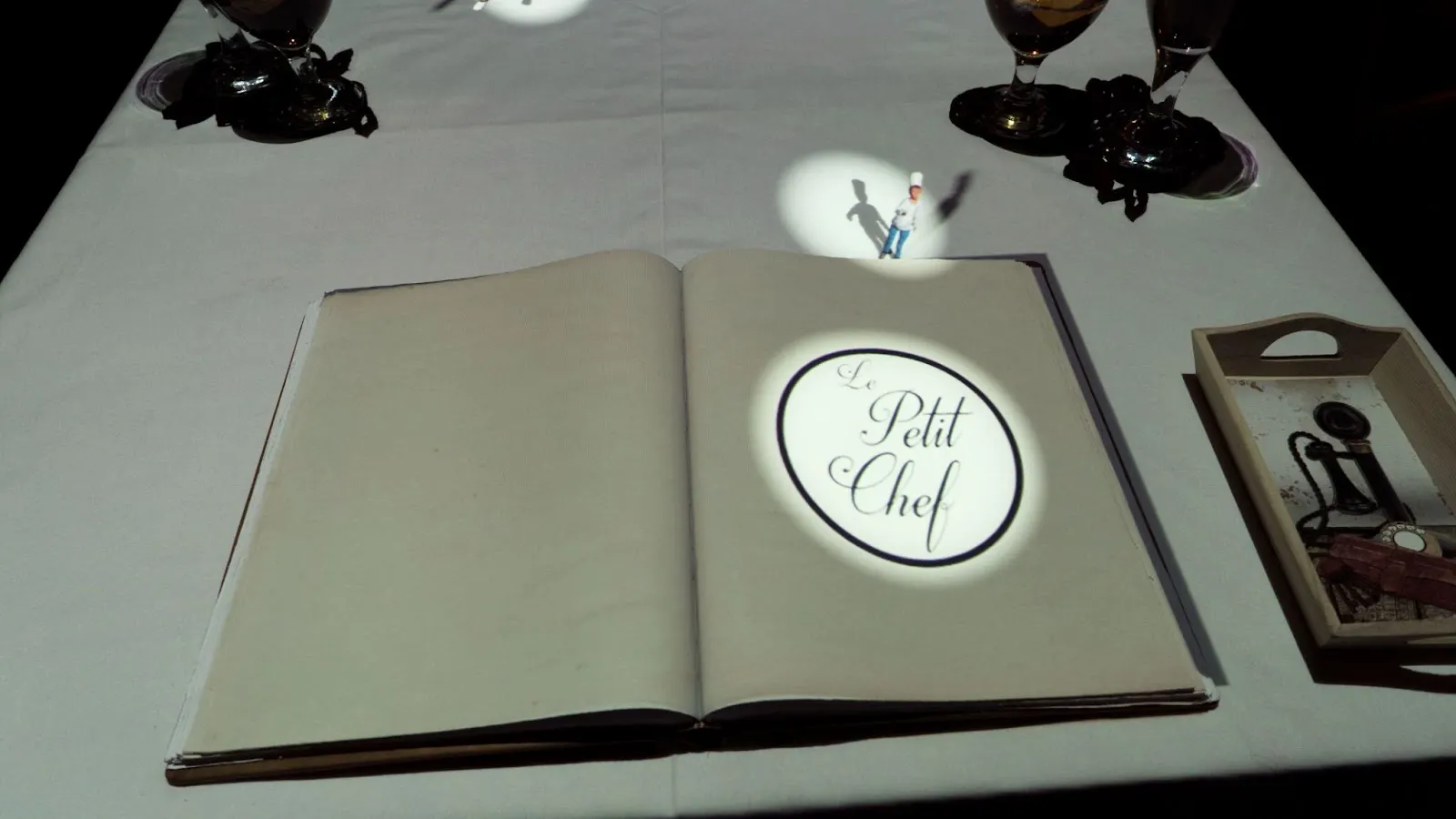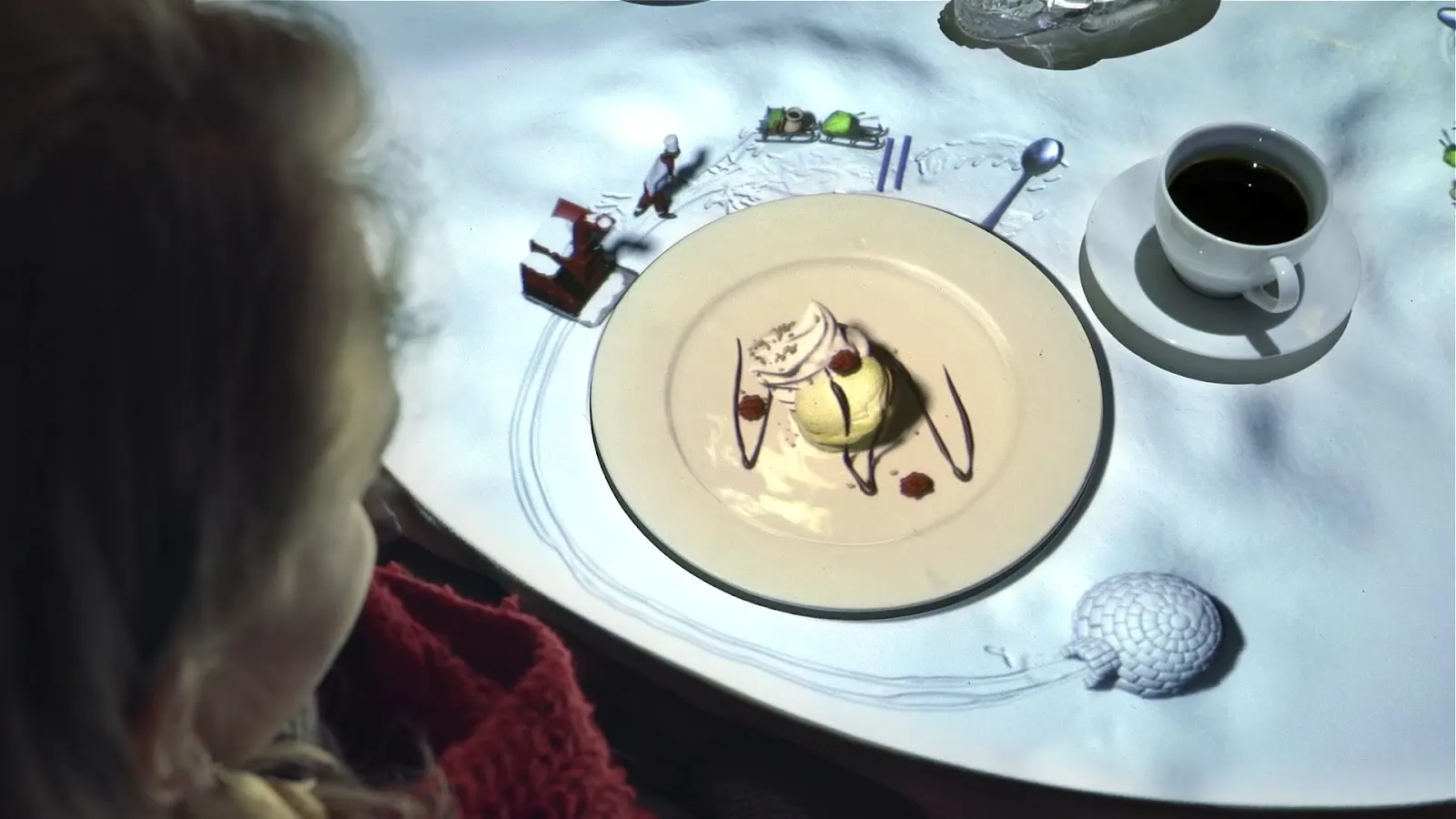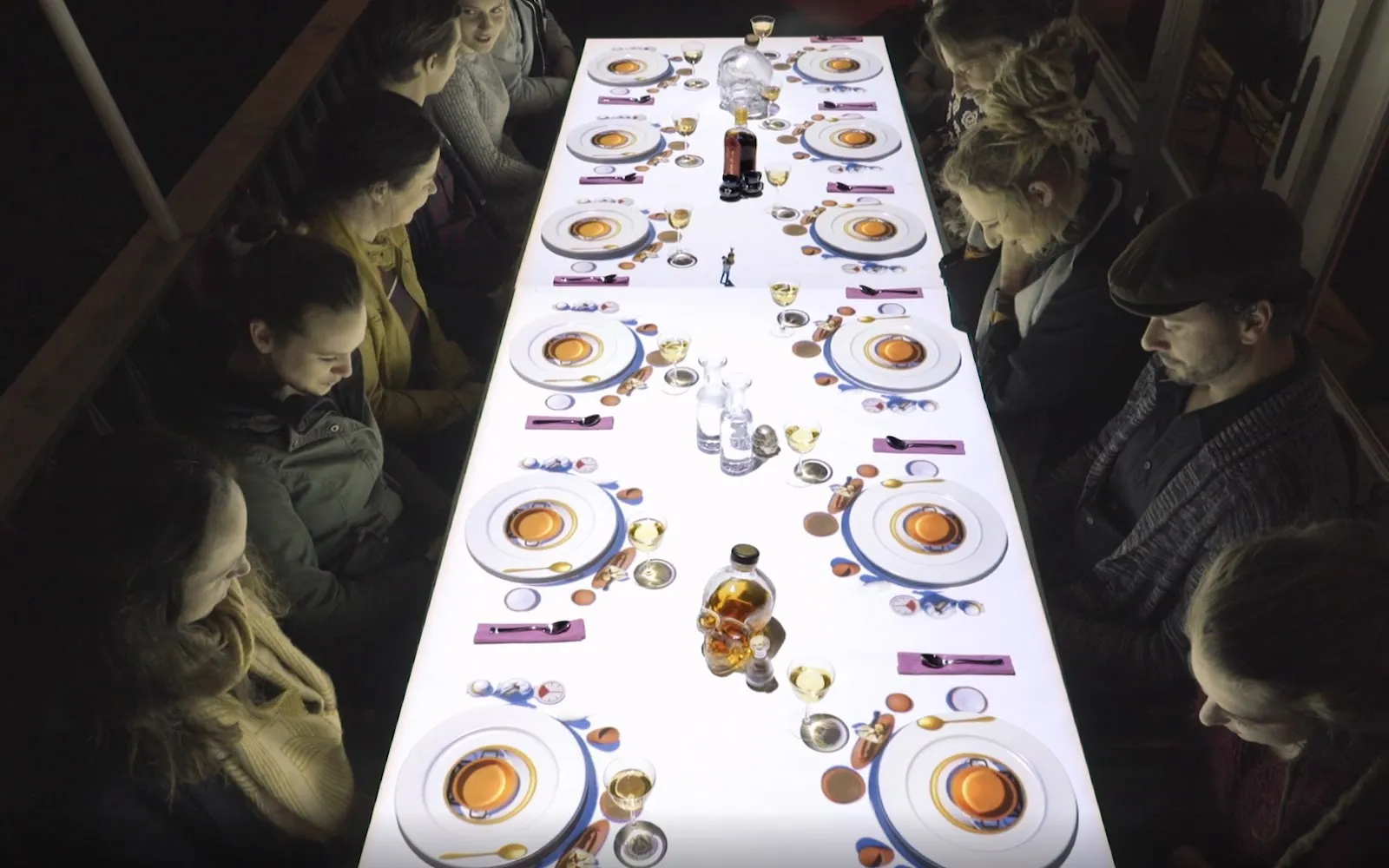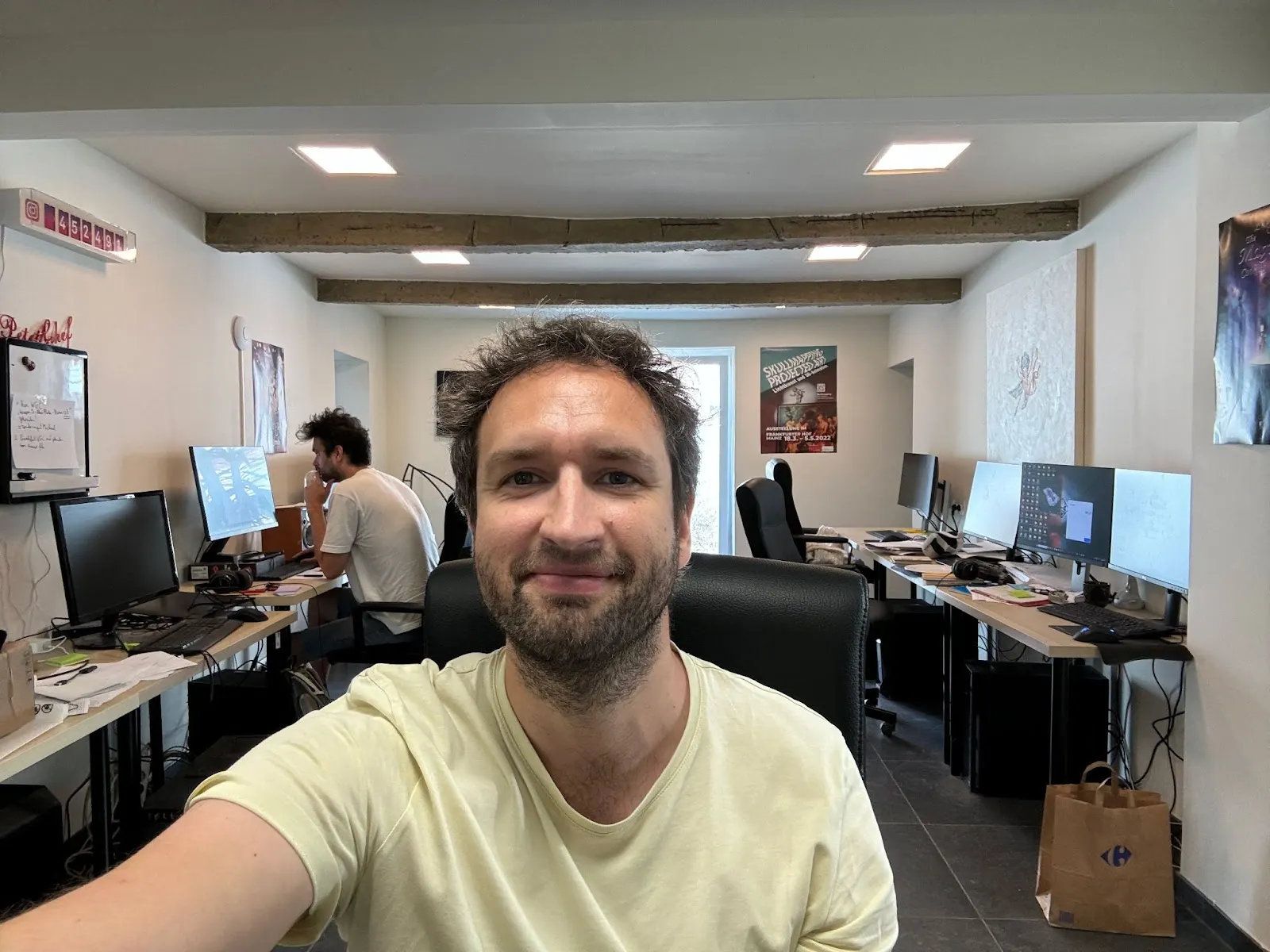
Restaurants are typically known for their food, service, and ambiance, but Le Petit Chef, the smallest chef, takes a unique approach to the traditional dining experience by combining theater and culinary arts to create an immersive experience for the patron.
The show, available in more than 70 restaurant locations around the world, projects a story on your dining table and features a 6-centimeter-tall animated French chef preparing a four-course meal. As you watch the charming chef travel to different places to create each course — like a summer garden to pick fresh vegetables or the deep sea for fresh fish — and plate the dish, the restaurant brings the actual meal to the table for you to enjoy.
Filip Sterckx, co-founder and creative director at Le Petit Chef and Skullmapping, relied on Adobe Creative Cloud to edit the show and craft intricate animations that complement the chef’s creativity.
Read below for more insights into Sterckx’s unique editing approach.
How and where did you first learn to edit?
I studied animation in Brussels about 20 years ago. This university used Adobe Premiere Pro for editing and for frame-by-frame capturing the animations. Over the years, I directed and edited several different projects, from short films and music videos to projection mapping projects. Le Petit Chef doesn’t require a lot of editing since we use the table, which we project like a stage. Most Le Petit Chef animations unfold more like a theater play.
How do you begin a project/set up your workspace?
The experience we create with Le Petit Chef is very different from traditional AV projects, but we follow similar steps to those in a standard animation pipeline. This process includes brainstorming concepts, scriptwriting, storyboarding, and creating 3D pre-visualizations in Cinema 4D. In our studio, we have a demo table set up with a projector mounted above it. Once I complete the pre-visualisations, I project them onto the plate to get a sense of what the actual experience will look like. Watching an animation on your screen is very different from viewing it projected on a plate, so I always make sure I sit down and evaluate the different steps in the animation seated at the table.
Tell us about a favorite scene or moment from this project and why it stands out to you.
So far, we’ve created six different Le Petit Chef shows. It’s hard for me to choose my favorite scene or moment because we try to ensure that each show has its own identity. I would say the best moment is launching the show and seeing our animations merge with the creativity the chefs bring to the table (and trying the food)! We work for about one year on a Le Petit Chef show and focus on the audiovisual side. However, once it’s installed at an actual restaurant and combined with the service and food, then it truly becomes a multisensory experience.

What were some specific post-production challenges you faced that were unique to your project? How did you go about solving them?
As mentioned above, we treat the Le Petit Chef animation on the table as if it were a stage. Most of our 3D scenes are designed as a single, continuous ‘shot’ that can last up to three minutes. Our 3D scenes can become quite complex, containing multiple animations and models, which makes rendering them time-consuming. Effective organization is also crucial, as any changes to a scene require adjustments to everything that follows since we can’t cut to another shot. Therefore, I always aim to complete any 3D work well before the launch, allowing enough time for rendering, compositing, and sound design.

What Adobe tools did you use on this project and why did you originally choose them? Were there any other third-party tools that helped enhance your workflow?
Generally, for Le Petit Chef, we use Cinema 4D for pre-visualisations, 3D animations and rendering, Adobe Photoshop for texturing, Adobe After Effects for compositing and Premiere Pro for sound design. There is other software out there for creating sound design, but I’ve learned doing sound design in Premiere Pro since college and always stuck to that.
Who is your creative inspiration and why?
Because of my background in animation film, I mainly draw inspiration from film and animation film. I love Michel Gondry’s work. I’m also a big fan of Megaforce, which is a group of French directors mainly known for their super creative music videos and ads.
People working in projection mapping come from diverse backgrounds such as coding, engineering, theater, graphic design, etc. I think it’s quite amazing how the entertainment company Freckled Sky combines performance and projection mapping. Particle Ink has a new show in Vegas, which I would love to see. Also, Sila Sveta is probably the most established and impressive company in this field.
What’s the toughest thing you’ve had to face in your career and how did you overcome it? What advice do you have for aspiring filmmakers or content creators?
I think the business side of things is definitely the most challenging. When we created our first Le Petit Chef animation in 2015, we projected it onto a table, invited some friends over and filmed their reactions. We didn’t expect much, but the video went viral, and several restaurants and hotels from all over the world approached us asking to use our ‘product’ at their venue. As a creative person, I was initially clueless about contracts, sales and distribution. My recommendation is to seek good legal counsel if your project starts to gain traction. While lawyers can be expensive, they can save you a lot of headache and money in the long run.
Share a photo of where you work. What’s your favorite thing about your workspace and why?
Our studio is relatively spacious! We have everything we need to develop our projects in-house, like a sound booth and a space to test out our projection setups.


Filmtools
Filmmakers go-to destination for pre-production, production & post production equipment!
Shop Now














